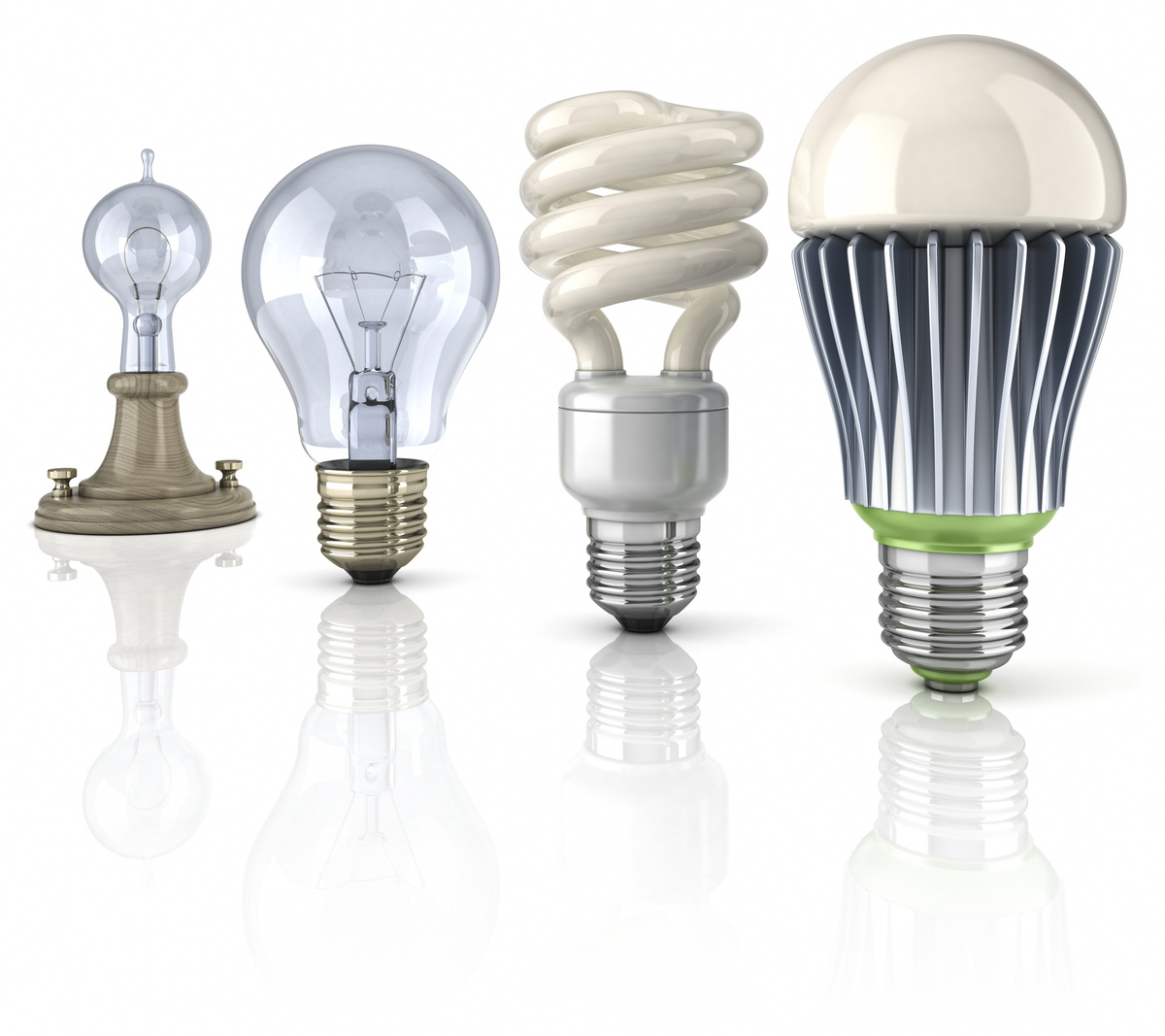

Articles
What Does An LED Bulb Look Like
Modified: January 5, 2024
Discover what an LED bulb looks like and explore its features with our informative articles. Learn about the benefits of LED lighting and find the perfect LED bulb for your needs.
(Many of the links in this article redirect to a specific reviewed product. Your purchase of these products through affiliate links helps to generate commission for Storables.com, at no extra cost. Learn more)
Introduction
LED bulbs have become increasingly popular in recent years due to their energy efficiency, long lifespan, and versatility. These bulbs offer a superior alternative to traditional incandescent and fluorescent bulbs, providing brighter and more focused illumination while consuming less power.
In this article, we will explore what LED bulbs look like and delve into the various aspects of their physical appearance. We will also discuss the components that make up an LED bulb, the different types available in the market, and the advantages and disadvantages of using LED bulbs. Lastly, we will touch upon some common applications where LED bulbs are commonly used.
So, whether you’re considering upgrading your lighting fixtures or simply curious about the technology behind LED bulbs, read on to discover everything you need to know about their appearance and functionality.
Key Takeaways:
- LED bulbs offer energy efficiency, long lifespan, and versatile designs, making them a popular choice for residential and commercial lighting needs. Their compact size, heat-dissipating materials, and various base options provide functional and visually appealing lighting solutions.
- With LED bulbs, consumers can enjoy bright, focused light, instant on/off capability, and durability. While they may have a higher initial cost and quality variations, their energy efficiency, long lifespan, and versatility make them a highly recommended lighting solution for various applications.
Read more: What Does A Gable Look Like?
The Basics of LED Bulbs
LED, or Light Emitting Diode, is a semiconductor device that emits light when an electric current passes through it. LED bulbs consist of multiple light-emitting diodes arranged in a cluster or array. These diodes produce highly efficient, directional light that is evenly distributed and free from the flickering often associated with traditional bulbs.
LED bulbs are designed to convert electricity into light energy with minimal waste heat, making them highly energy-efficient. Compared to incandescent or fluorescent bulbs, LED bulbs consume significantly less power, which translates to lower electricity bills and reduced carbon emissions.
LED bulbs also have an incredibly long lifespan, typically lasting up to 25 times longer than traditional bulbs. This longevity saves both money and effort, as you won’t need to replace LED bulbs as frequently.
Moreover, LED bulbs are available in a wide range of color temperatures, allowing you to choose lighting options that suit your needs and preferences. From warm, soft white light to cool, daylight-like illumination, LED bulbs offer flexibility in creating the desired ambiance in any space.
Another noteworthy feature of LED bulbs is their durability and resistance to shock and vibration. Unlike incandescent bulbs, which are fragile and prone to breakage, LED bulbs are solid-state devices that can withstand harsh conditions and rough handling.
Overall, the basics of LED bulbs revolve around their energy efficiency, long lifespan, flexibility in lighting options, and durability. These qualities have made LED bulbs increasingly popular in both residential and commercial applications.
Physical Appearance of LED Bulbs
LED bulbs come in various shapes and sizes, offering a wide range of options to suit different fixtures and lighting needs. While the appearance may vary depending on the specific model and brand, there are some common features and characteristics that define LED bulbs.
One of the distinguishable physical traits of LED bulbs is their compact size. LED chips are tiny and can be placed closely together, allowing for a more concentrated light distribution. This compactness makes LED bulbs ideal for applications where space is limited, such as recessed lighting or track lighting systems.
The exterior of LED bulbs is typically made of a heat-dissipating material, such as aluminum or plastic, to prevent overheating and prolong the lifespan of the bulb. The housing often includes cooling fins or vents to dissipate heat efficiently, ensuring that the LED chips remain cool and functioning optimally.
Most LED bulbs have a standard screw-in base, such as an Edison or bayonet base, which allows for easy installation and compatibility with existing fixtures. However, there are also retrofit LED bulbs available that can be installed in place of traditional bulbs without any modifications.
The front face of an LED bulb is covered by a lens or diffuser, which helps to spread and direct the light emitted by the LEDs. The lens or diffuser can vary in design, from clear glass or plastic covers to frosted or textured surfaces that create a softer and more diffused light output.
As for the color of LED bulbs, they are available in a range of options, including warm white, cool white, and daylight. The color temperature is measured in Kelvin (K), with lower values indicating warmer light and higher values representing cooler light. LED bulbs can be selected to match the desired ambiance and lighting requirements of different spaces.
In recent years, LED bulbs have also become more aesthetically appealing, with manufacturers offering decorative designs and styles. Some LED bulbs feature filament-like structures that mimic the look of traditional incandescent bulbs, allowing consumers to enjoy the energy efficiency of LEDs while maintaining the vintage charm.
Overall, the physical appearance of LED bulbs is characterized by compactness, heat-dissipating materials, various base options, lens or diffuser covers, color temperature choices, and even decorative elements. These features make LED bulbs not only functional but also visually appealing additions to any lighting setup.
Components of an LED Bulb
LED bulbs are made up of several key components working together to produce efficient and reliable lighting. Understanding the components of an LED bulb can help us grasp the technology behind their operation. Here are the primary components:
- LED Chips: At the heart of an LED bulb are the LED chips. These are tiny semiconductors that generate light when an electrical current passes through them. The number and arrangement of these LED chips determine the brightness and directionality of the light emitted by the bulb.
- Heat Sink: LED bulbs generate heat while in operation. To prevent overheating, LED bulbs are equipped with a heat sink, typically made of aluminum, which absorbs and dissipates the heat away from the LED chips. This helps maintain the longevity and performance of the bulb.
- Driver: LED bulbs require a driver to regulate the electrical current flowing through the LED chips. The driver converts the incoming alternating current (AC) into direct current (DC) and controls the voltage and current levels to ensure optimal operation and brightness of the LED bulb.
- Optics: The optics of an LED bulb refer to the lenses or reflectors used to shape and direct the light output. These components help spread the light evenly and control the beam angle, allowing for focused or widespread illumination as desired.
- Base: LED bulbs typically come with a base that allows them to be easily connected to light fixtures. Common base types include Edison screw bases (E26/E27) and bayonet bases (B22), but there are various other proprietary base designs available for specialized applications.
- Enclosure: The enclosure of an LED bulb refers to its outer casing or housing. This component protects the internal components from physical damage and provides electrical insulation. Enclosures are often made of plastic or aluminum, balancing durability, heat dissipation, and aesthetic design.
It’s worth noting that some LED bulbs may also include additional features, such as dimming capabilities, smart functionality, or built-in sensors for enhanced energy efficiency or convenience.
By understanding the components of an LED bulb, consumers can make informed decisions when selecting LED lighting products for their specific needs. Whether for residential or commercial use, the combination of these components ensures that LED bulbs deliver efficient, long-lasting, and high-quality lighting solutions.
Different Types of LED Bulbs
LED bulbs come in various types and configurations to meet different lighting requirements and fit into various fixtures. Understanding the different types of LED bulbs will help you choose the right one for your specific needs. Here are some common types:
- A19 Bulbs: A19 bulbs are the standard LED bulbs that resemble the shape and size of traditional incandescent bulbs. They are versatile and can be used in a wide range of applications, including table lamps, pendant lights, and ceiling fixtures.
- PAR Bulbs: PAR (Parabolic Aluminized Reflector) bulbs are commonly used for spotlighting and floodlighting. They have a parabolic reflector that helps to control and direct the light beam. PAR bulbs are suitable for both indoor and outdoor applications.
- MR Bulbs: MR (Multifaceted Reflector) bulbs are similar to PAR bulbs but with a smaller form factor. They are commonly used in track lighting, recessed lighting, and display lighting. MR bulbs come in different beam angles to create focused or widespread illumination.
- Candle Bulbs: Candle-shaped LED bulbs are designed to resemble the shape of traditional candle bulbs. They are often used in chandeliers, wall sconces, and decorative fixtures, adding a touch of elegance to the lighting setup.
- Tubes: LED tubes are replacements for fluorescent tubes. They provide energy-efficient and long-lasting lighting for commercial spaces, such as offices, retail stores, and warehouses. LED tubes are available in different lengths, including T8 and T12 sizes.
- Globe Bulbs: Globe bulbs have a spherical shape and are commonly used in pendant lights, vanity fixtures, and decorative ceiling fixtures. They provide a wide, even distribution of light, making them suitable for ambient lighting.
- Floodlights: LED floodlights are designed to provide bright and wide-angle lighting, making them ideal for outdoor spaces, security lighting, or illuminating large areas. They offer excellent brightness and are often weatherproof to withstand outdoor conditions.
Additionally, there are specialized LED bulbs available for specific applications, such as LED strips for accent lighting, LED grow lights for indoor gardening, and LED retrofit kits for upgrading existing fixtures.
When selecting LED bulbs, consider factors such as the desired brightness, color temperature, beam angle, and compatibility with existing fixtures. Consulting with a lighting professional or reviewing product specifications can help ensure you choose the right type of LED bulb for optimal performance and satisfaction.
When looking at an LED bulb, you can expect to see a small, solid-state light source that is often covered by a plastic lens. The bulb may have a distinct shape, such as a traditional bulb shape or a more modern design.
Read more: What Does Crabgrass Look Like
Pros and Cons of LED Bulbs
LED bulbs offer numerous advantages over traditional incandescent and fluorescent bulbs. However, like any technology, they also have some potential drawbacks. Let’s explore the pros and cons of LED bulbs:
Pros:
- Energy Efficiency: LED bulbs are highly energy-efficient, converting a large percentage of electrical energy into light. They consume significantly less power than incandescent or fluorescent bulbs, resulting in lower energy bills and reduced carbon emissions.
- Long Lifespan: LED bulbs have an exceptional lifespan, lasting up to 25 times longer than traditional bulbs. This reduces the frequency of replacement, saving both money and effort over time.
- Bright and Focused Light: LED bulbs produce bright, focused light without the flickering associated with traditional bulbs. Their directional illumination makes them ideal for task lighting, spotlighting, or other applications where precise lighting control is desired.
- Versatility: LED bulbs are available in various shapes, sizes, and color temperatures, offering versatility in lighting options. Whether you need warm, cozy lighting or cool, daylight-like illumination, LED bulbs have options to suit every preference and requirement.
- Instant On/Off: LED bulbs light up instantly when switched on, unlike compact fluorescent lamps (CFLs) that may take a few seconds to reach full brightness. LED bulbs also do not suffer from frequent on-off cycling, ensuring longevity and immediate illumination whenever needed.
- Durable and Low Maintenance: LED bulbs are solid-state devices that can withstand shock, vibration, and rough handling. They do not have delicate filaments or glass components, making them more durable and less prone to breakage. Additionally, LED bulbs require minimal maintenance due to their long lifespan.
Cons:
- Higher Initial Cost: LED bulbs generally have a higher upfront cost compared to traditional bulbs. However, their energy efficiency and longevity outweigh the initial investment, resulting in long-term cost savings.
- Heat Sensitivity: Although LED bulbs produce less heat compared to incandescent bulbs, they are still sensitive to excessive heat. Proper heat dissipation through the use of heat sinks and adequate ventilation is crucial to maintaining the bulb’s performance and lifespan.
- Quality Variations: With the increasing popularity of LED technology, the market is flooded with a wide range of LED bulbs, and the quality can vary. It is essential to choose reputable brands and look for bulbs that meet relevant industry standards to ensure optimal performance and reliability.
- Dimming Compatibility: Not all LED bulbs are compatible with traditional dimmer switches. If you intend to use dimmers, make sure to select LED bulbs specifically designed for dimming applications, or consider installing compatible dimmers.
Despite the few limitations, the advantages offered by LED bulbs make them a highly recommended lighting solution for both residential and commercial settings. They provide energy efficiency, long lifespan, brightness, versatility, and low maintenance, resulting in significant benefits and improved lighting experiences.
Common Applications of LED Bulbs
LED bulbs have revolutionized the lighting industry and are now widely used in various applications. Their versatility, energy efficiency, and long lifespan make them suitable for both residential and commercial lighting needs. Here are some common applications of LED bulbs:
- Residential Lighting: LED bulbs are commonly used in homes for general lighting purposes. They can be installed in ceiling fixtures, lamps, pendant lights, and track lighting, providing efficient, long-lasting illumination throughout the house.
- Outdoor Lighting: LED bulbs are an excellent choice for outdoor lighting due to their durability and weather resistance. They are commonly used in landscape lighting, security lighting, pathway lighting, and wall-mounted fixtures to enhance safety and aesthetics.
- Commercial Lighting: LED bulbs are widely used in commercial settings due to their energy saving and maintenance cost benefits. They are commonly found in offices, retail stores, restaurants, hotels, hospitals, and other commercial establishments.
- Task Lighting: LED bulbs with focused and directional light are ideal for task lighting applications. They are commonly used in desks lamps, under-cabinet lighting, kitchen lighting, and reading lights, providing bright and precise illumination for specific activities.
- Accent Lighting: LED bulbs are commonly used for accent lighting to highlight specific objects or areas. They can be used to showcase artwork, architectural features, or displays in museums, galleries, retail stores, and exhibition spaces.
- Indoor and Outdoor Sports Lighting: LED floodlights are extensively used for sports lighting, both indoors and outdoors. They provide high-intensity lighting that ensures excellent visibility for players and spectators during sporting events.
- Street Lighting: In many cities around the world, LED bulbs have replaced traditional streetlights. LED streetlights offer improved lighting quality, energy efficiency, and lower maintenance costs, contributing to greener and safer urban environments.
- Automotive Lighting: LED bulbs have gained popularity in automotive lighting applications. They are used in headlights, taillights, brake lights, turn signals, and interior lighting, providing better visibility, longer lifespan, and energy efficiency compared to traditional incandescent or halogen bulbs.
The versatility of LED bulbs allows for their application in various situations, from residential dwellings to large-scale commercial projects. As LED technology continues to advance, we can expect even more innovative applications and widespread adoption.
Read more: What Does Thyme Look Like?
Conclusion
LED bulbs have transformed the lighting industry with their energy efficiency, long lifespan, and versatility. They offer numerous advantages over traditional incandescent and fluorescent bulbs, making them a popular choice for both residential and commercial lighting needs.
In this article, we explored the physical appearance of LED bulbs, discussing their compact size, heat-dissipating materials, base types, lens or diffuser covers, color temperature options, and even decorative designs. We learned about the components that make up an LED bulb, including LED chips, heat sinks, drivers, optics, bases, and enclosures.
We also examined the different types of LED bulbs available in the market, such as A19 bulbs, PAR bulbs, MR bulbs, candle bulbs, tubes, globe bulbs, and floodlights, each designed for specific lighting applications.
Moreover, we delved into the advantages of LED bulbs, including their energy efficiency, long lifespan, bright and focused light, versatility, instant on/off capability, and durability. We acknowledged a few potential drawbacks, such as higher initial cost, heat sensitivity, quality variations, and dimming compatibility.
Finally, we explored the common applications of LED bulbs, ranging from residential and outdoor lighting to commercial, task, accent, sports, street, and automotive lighting.
In conclusion, LED bulbs have revolutionized the way we light our spaces. Their efficient performance, long lifespan, versatility, and low maintenance requirements make them an ideal lighting solution for various applications. Whether you’re looking to upgrade the lighting in your home, a commercial establishment, or even your car, LED bulbs provide a reliable and cost-effective option that delivers high-quality illumination.
As LED technology continues to advance, we can expect even more innovative developments and increased adoption of this environmentally friendly and energy-efficient lighting solution.
Frequently Asked Questions about What Does An LED Bulb Look Like
Was this page helpful?
At Storables.com, we guarantee accurate and reliable information. Our content, validated by Expert Board Contributors, is crafted following stringent Editorial Policies. We're committed to providing you with well-researched, expert-backed insights for all your informational needs.

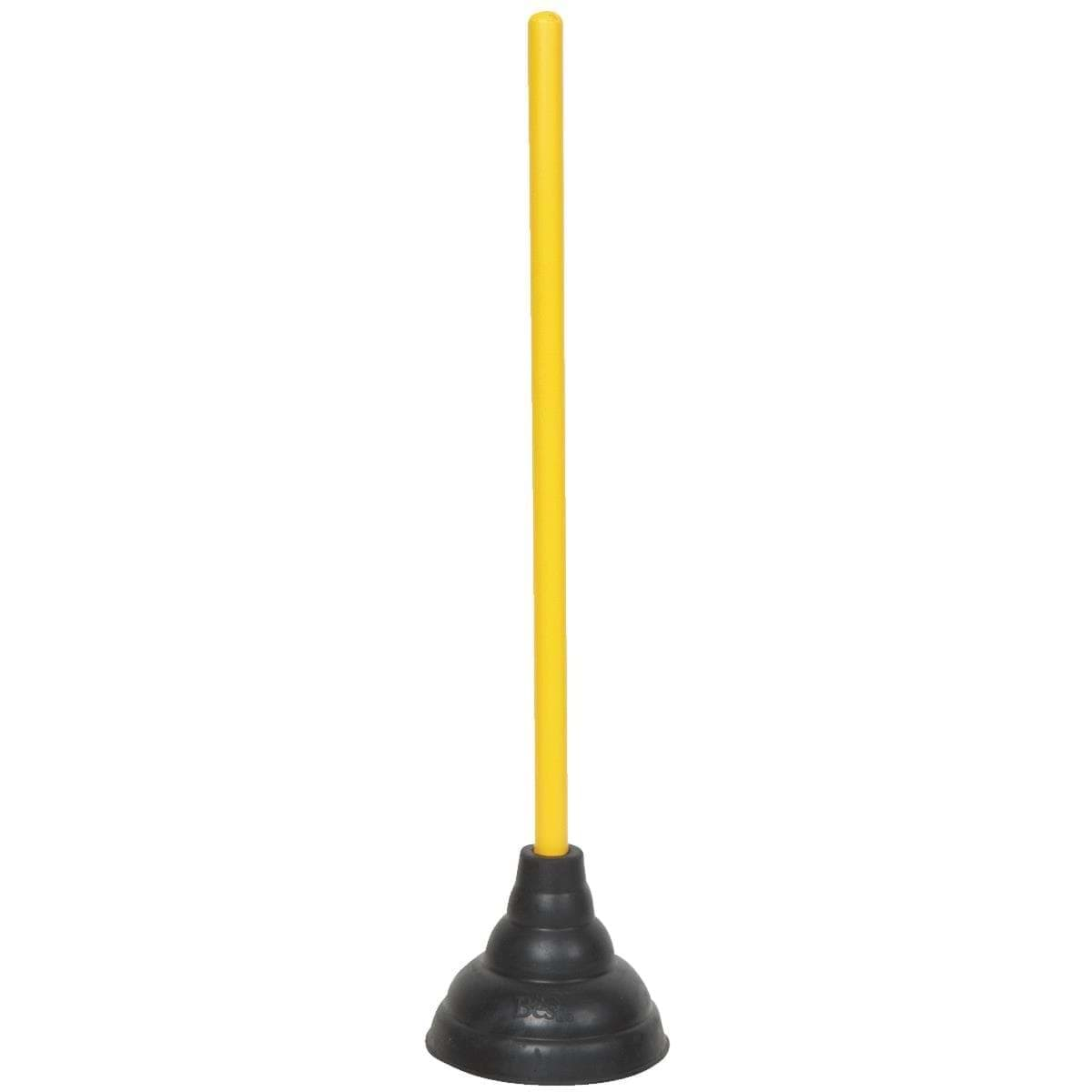
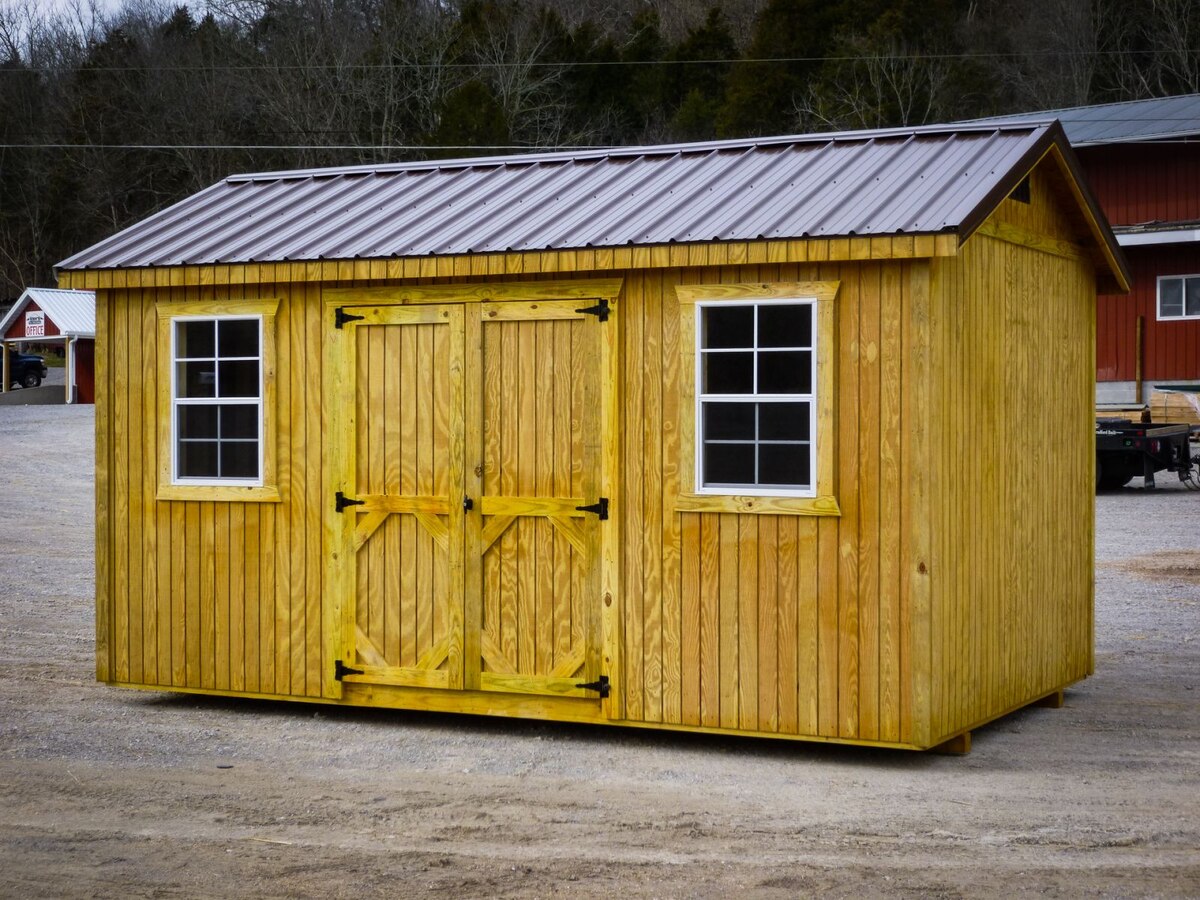

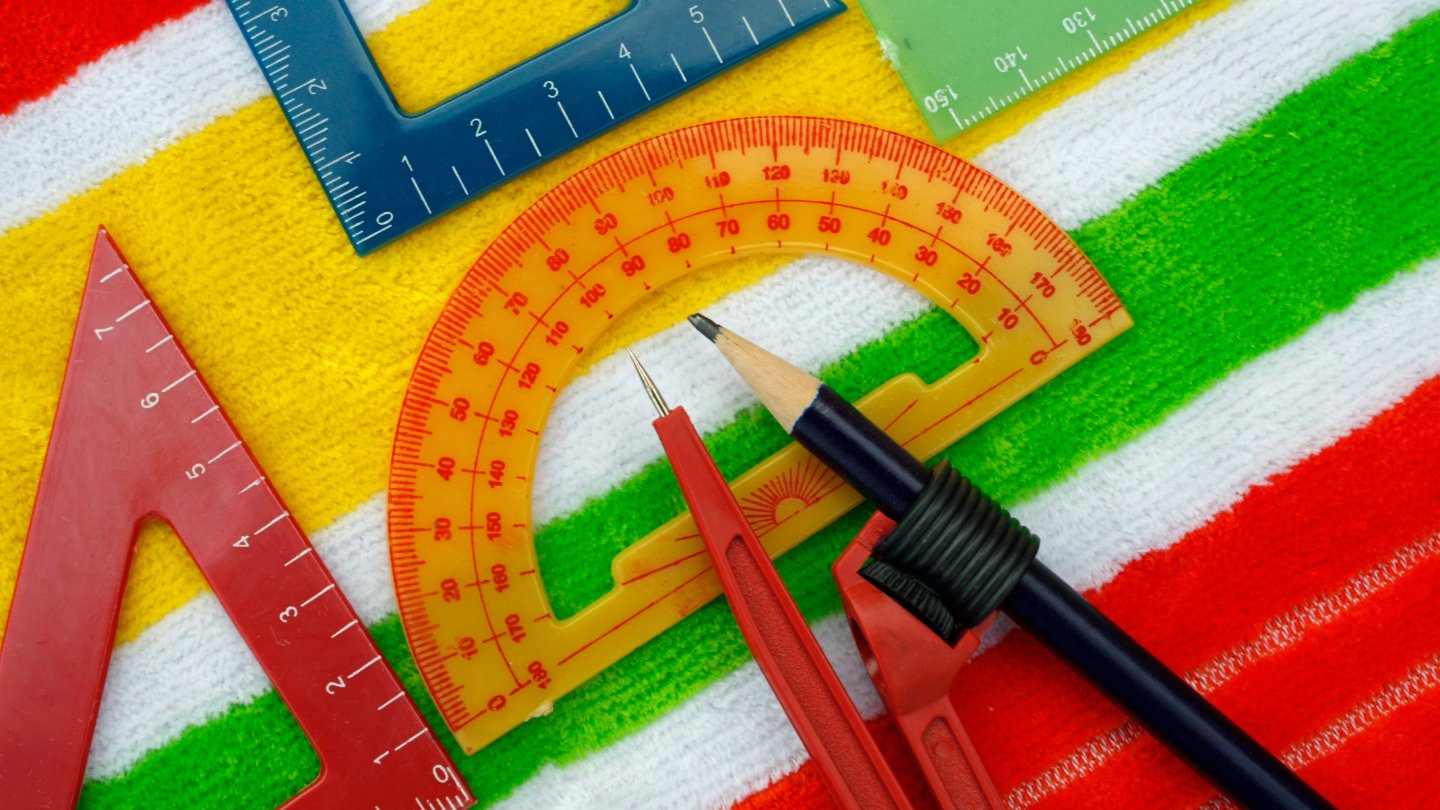


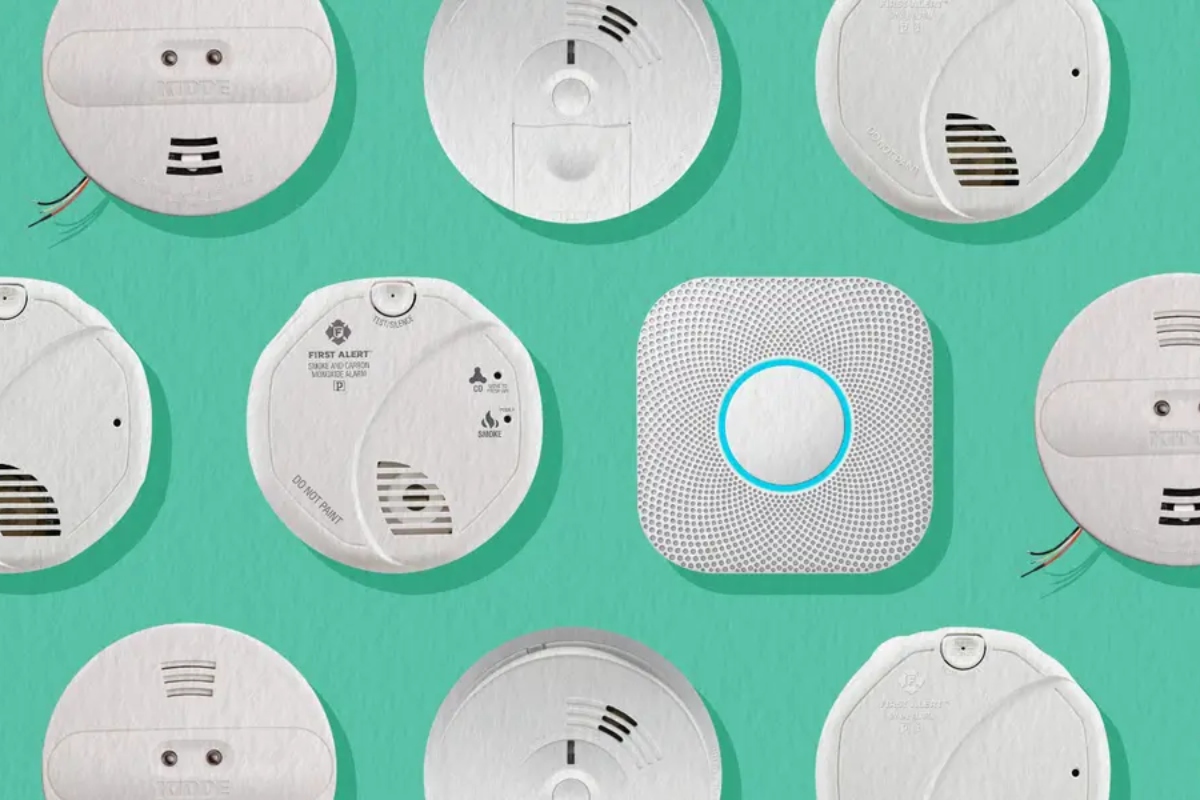
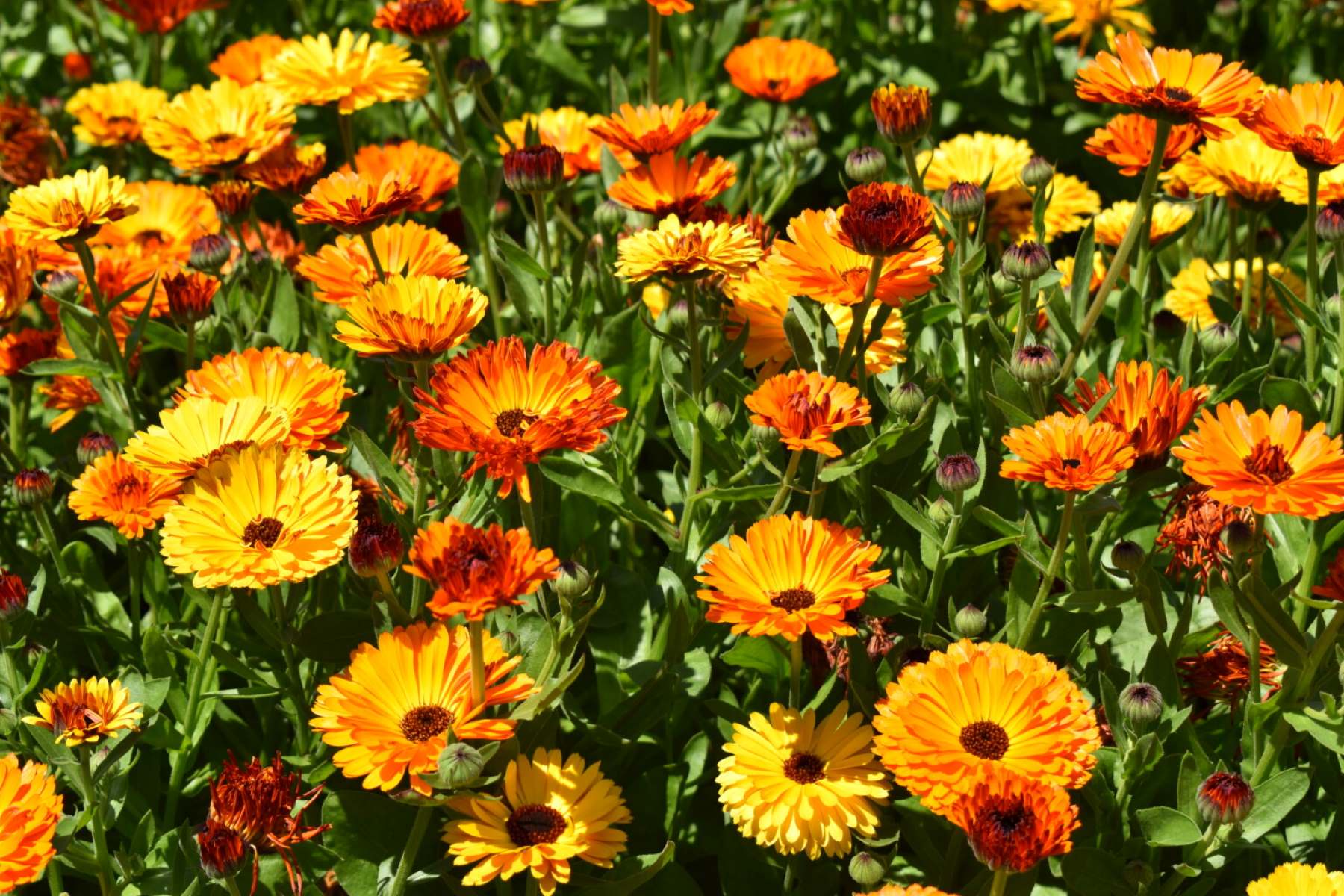

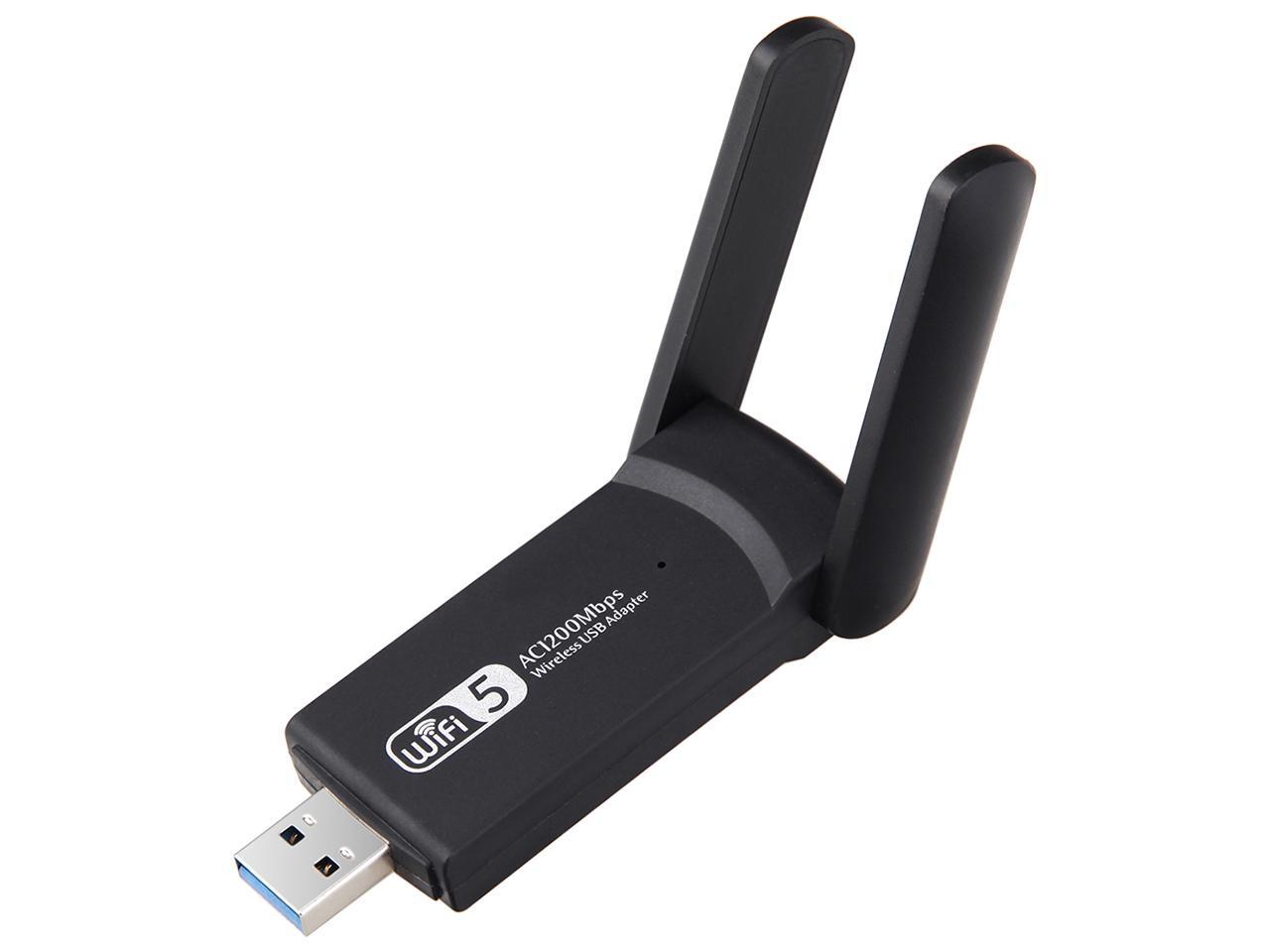
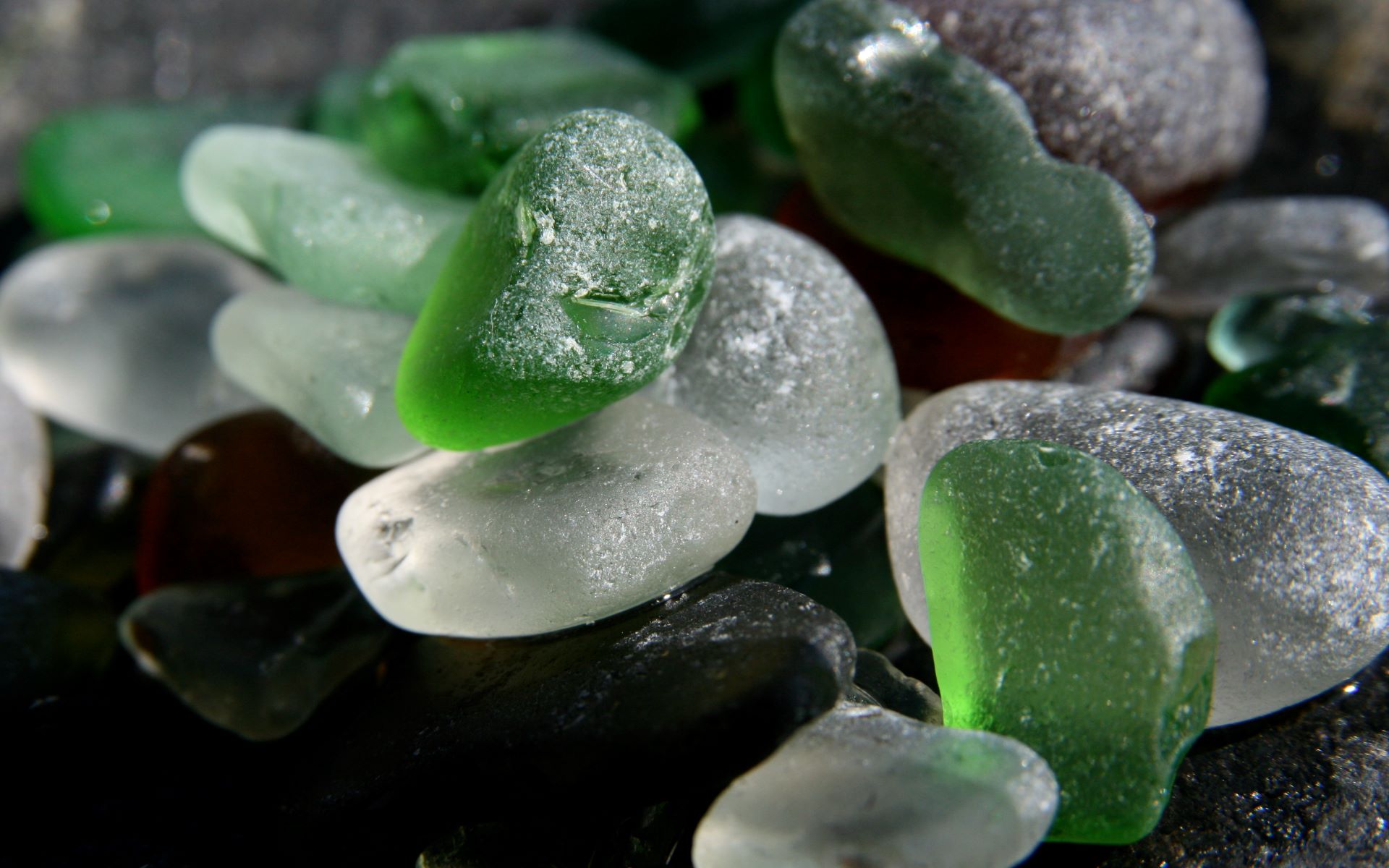


0 thoughts on “What Does An LED Bulb Look Like”